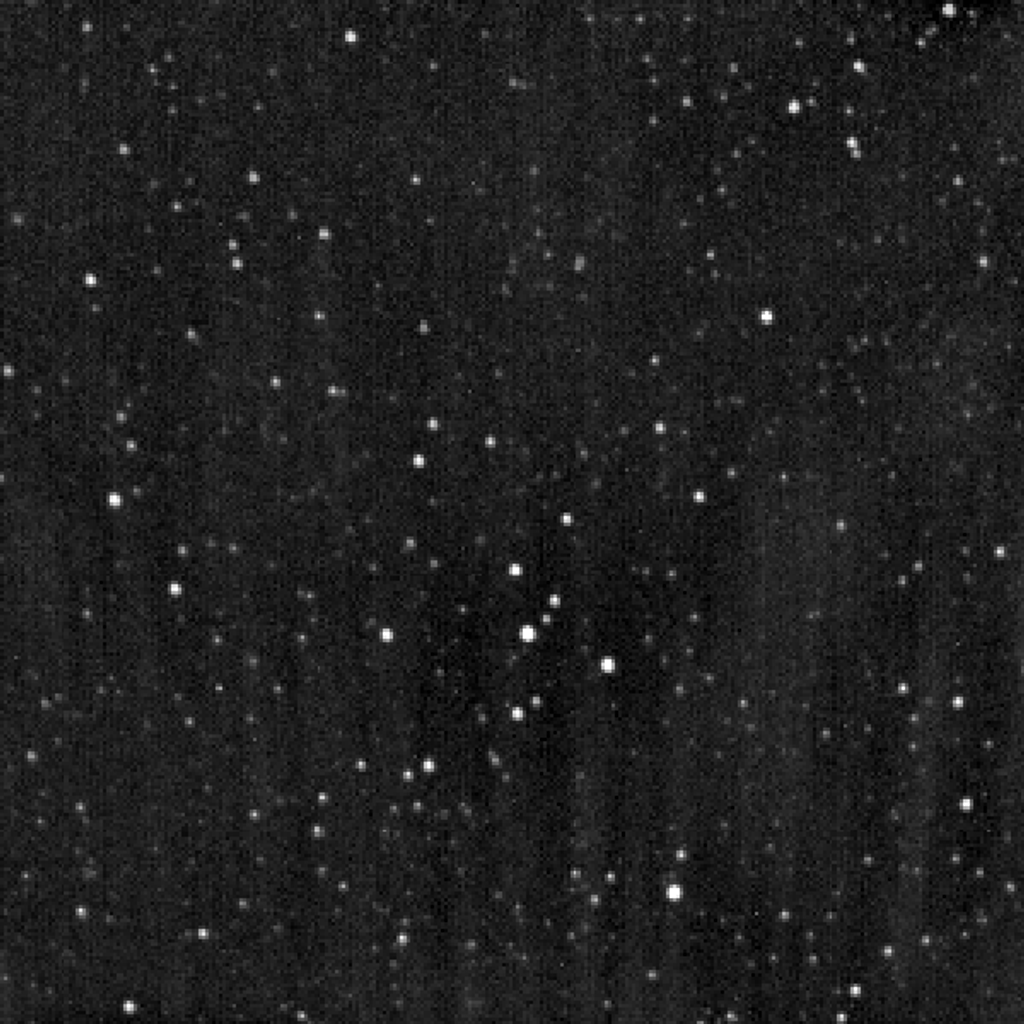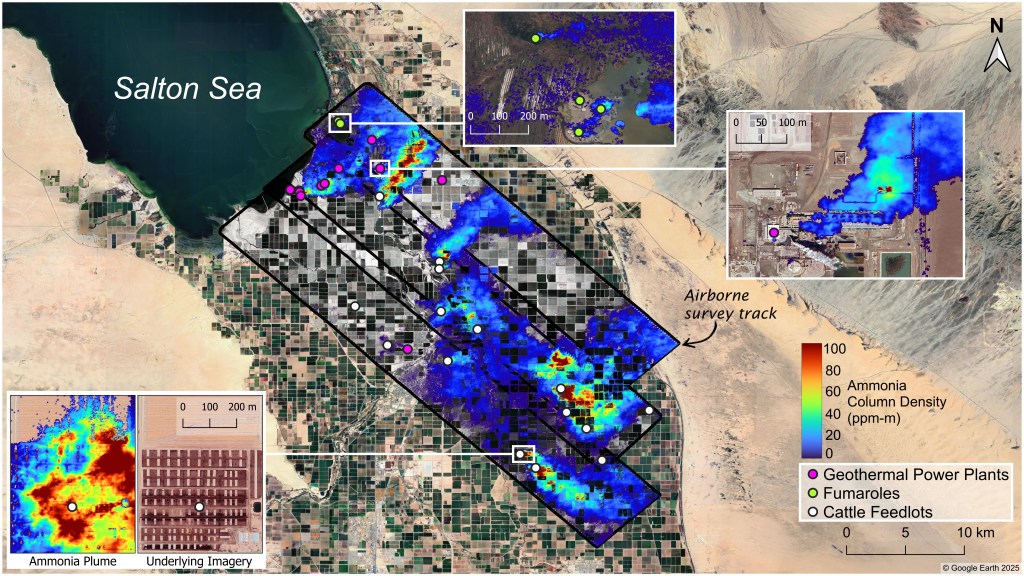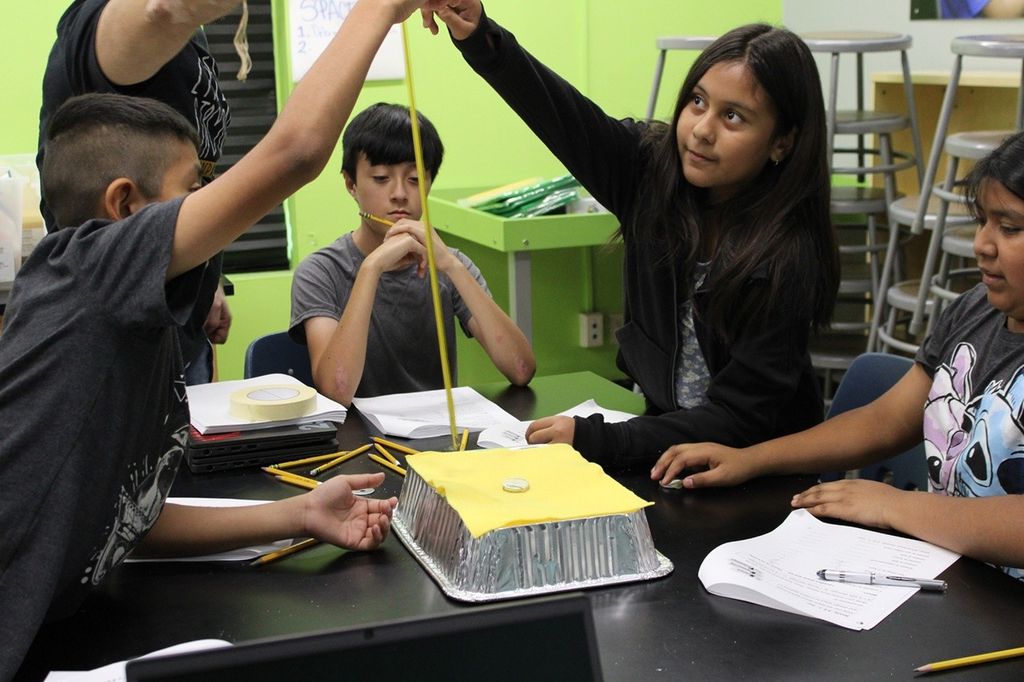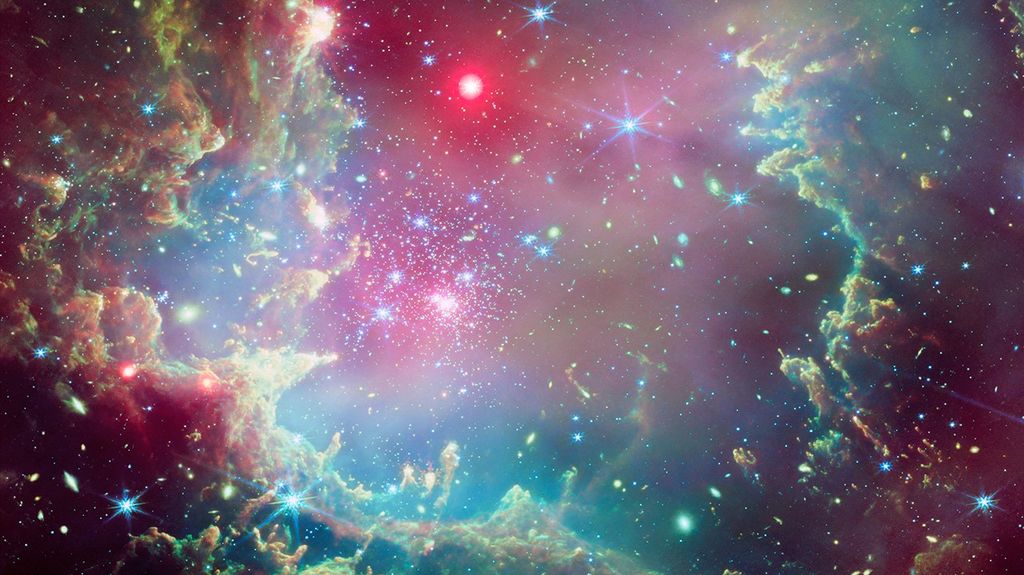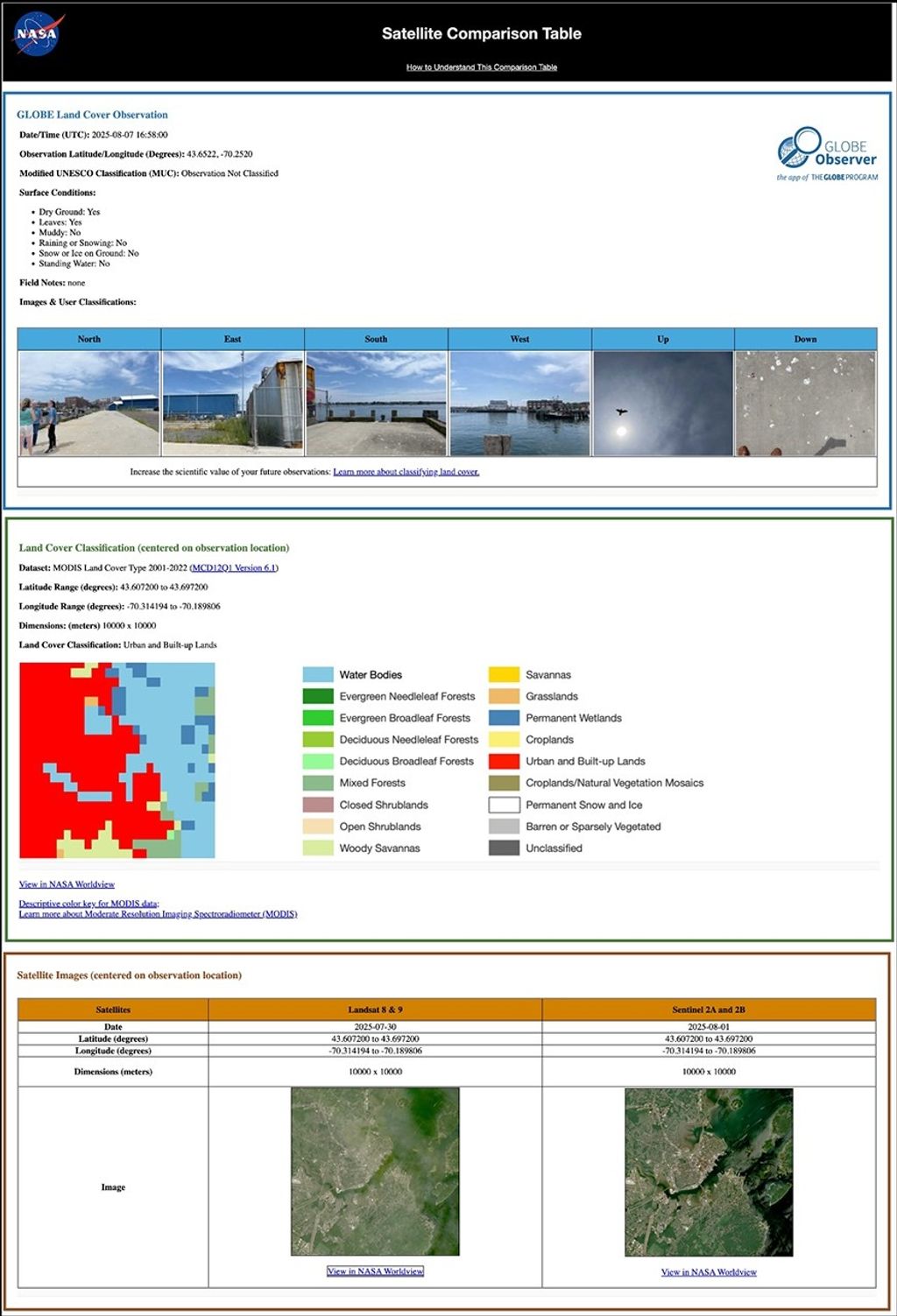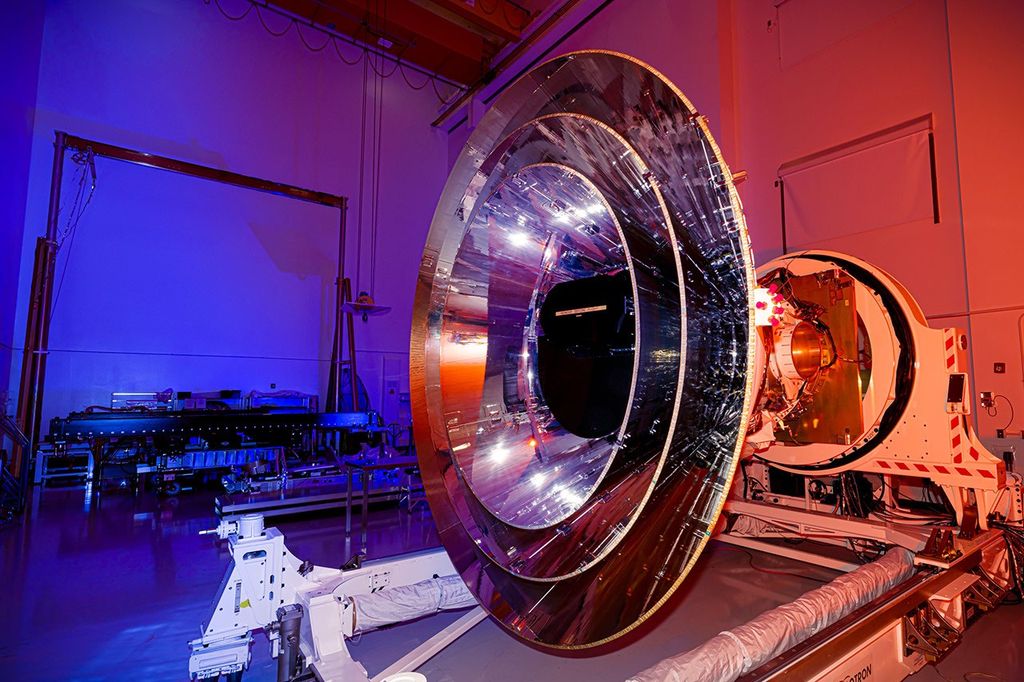As Curiosity continues to mend, I've been looking forward to our next drill sample of gray rock. Some interesting features we've seen on Vera Rubin Ridge are small "swallowtail crystals" often associated with the boundary between gray and red rocks on the ridge top. In thinking about these features, I wanted to take the opportunity to reflect on past results from when Curiosity was just beginning to explore Mt. Sharp at the Pahrump Hills region. Readers of this blog may remember that back on sol 809, after we brushed away the dust on target "Mojave," the team was surprised and excited to discover hundreds of millimeter-sized, rice-shaped crystals on its face. These crystals are geologic clues to what happened in the past. What were these unique features made of? How and when did they form?
Curiosity scientist Linda Kah and colleagues address these questions in a new paper available in the journal Terra Nova titled "Syndepositional precipitation of calcium sulfate in Gale Crater, Mars." For this study, Kah and colleagues carefully studied the sizes, shapes, and orientations of the unusual crystals at Mojave and several nearby targets. They integrated these findings with the geologic setting, chemistry, and mineralogy of the Pahrump Hills area to infer the presence of shallow, salty, and sometimes ephemeral waters during this period in Gale's history.
<!-- wp:image {"background": {"contentType": "image", "id": 355356, "url": "https://science.nasa.gov/wp-content/uploads/2024/03/CR0_589505899PRC_F0722272CCAM01163L1.png", "alt": "", "caption": "This image was taken by ChemCam: Remote Micro-Imager (CHEMCAM_RMI) onboard NASA's Mars rover Curiosity on Sol 2163 (2018-09-06 12:10:38 UTC). Image", "credits": "NASA/JPL-Caltech/LANL", "zoom": 0, "fit": "fit", "parallax": "no", "focalPoint": {"x": ".50", "y": ".50"}}, "image_align": "inline", "migrated": true} -->
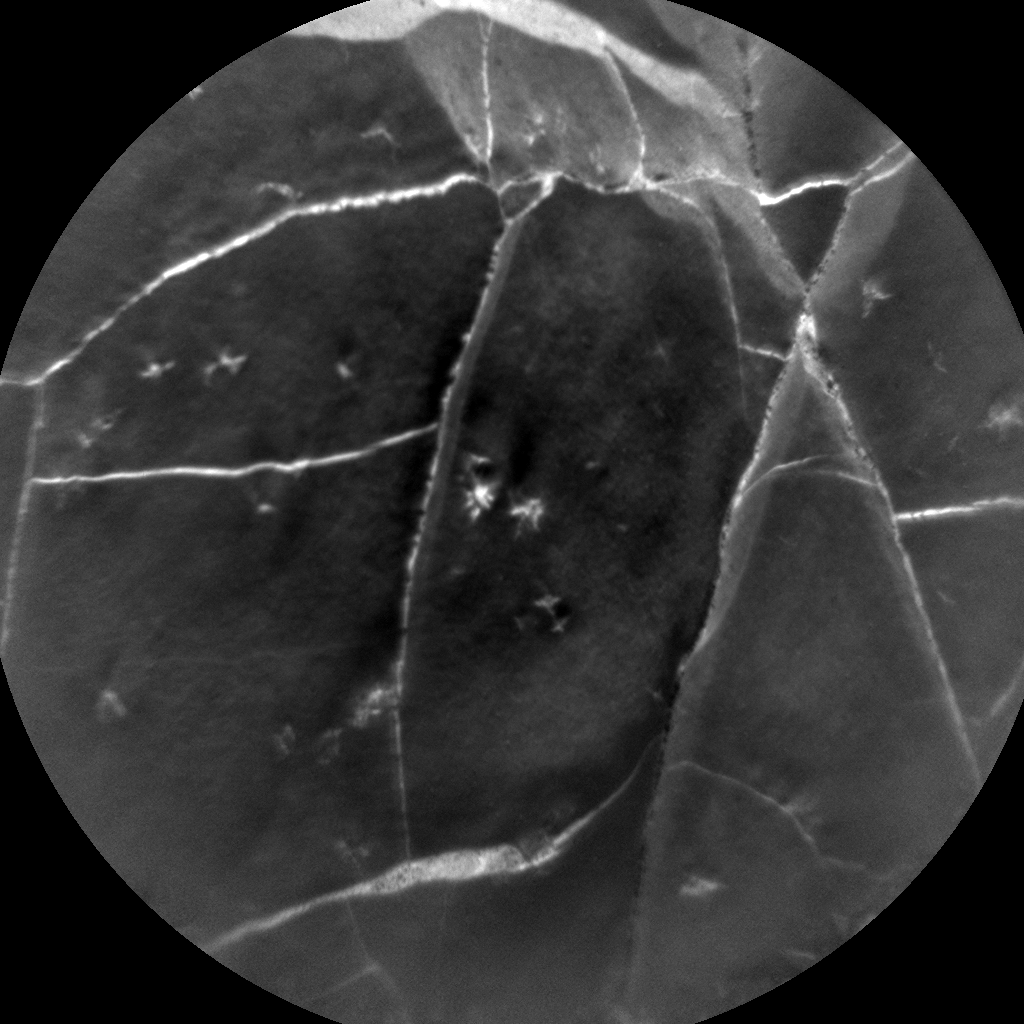
Kah and co-authors explain that the crystal shapes are distinctive of gypsum salts that precipitate in lake, playa, and near-shore ocean environments. Interestingly, Curiosity did not detect any large differences in the composition of rocks containing crystals versus nearby, non-crystal-containing rocks. This result suggests the calcium sulfate that originally formed the crystals had either been dissolved at a later time and/or that the crystals had incorporated a lot of the original rocks around within them when they formed.
The shapes, sizes, and orientation of crystals give clues to how they grow. Kah and authors showed the crystals at Pahrump were randomly oriented and occurred between and within cemented layers. Combined with the crystals' elongated shapes, this suggests that they grew at the interface between loose, water-logged sediment and either shallow water or air. Interestingly, small amounts of organic (carbon-bearing) material can cause crystals to have shapes similar to those observed at Mojave, which is consistent with
Curiosity findings of organic material
in the Mojave drill sample.
The swallowtail crystals on Vera Rubin Ridge are also known shapes of gypsum crystals. Why are these crystals so different in form from what we saw back at Mojave? What does this all tell us about ancient environments at Gale Crater?
Related Mojave news story
:
Crystal-Rich Rock 'Mojave' is Next Mars Drill Target ››
Article
:
Syndepositional precipitation of calcium sulfate in Gale Crater, Mars ››
Written by Abigail Fraeman, Planetary Geologist at NASA's Jet Propulsion Laboratory






